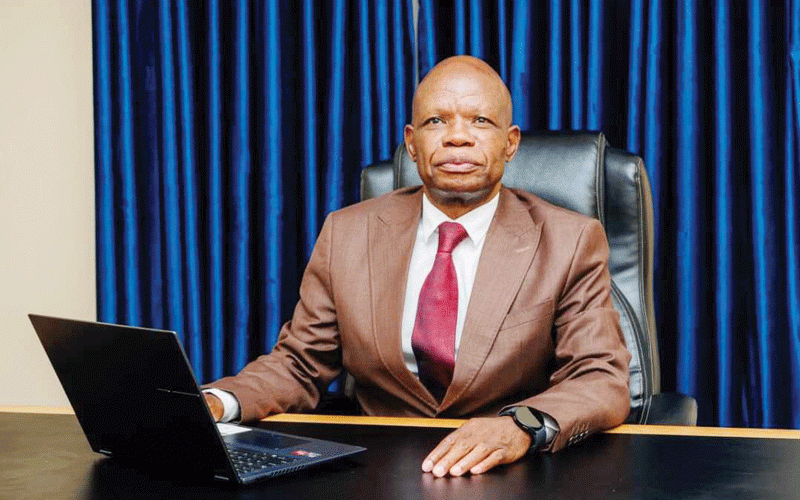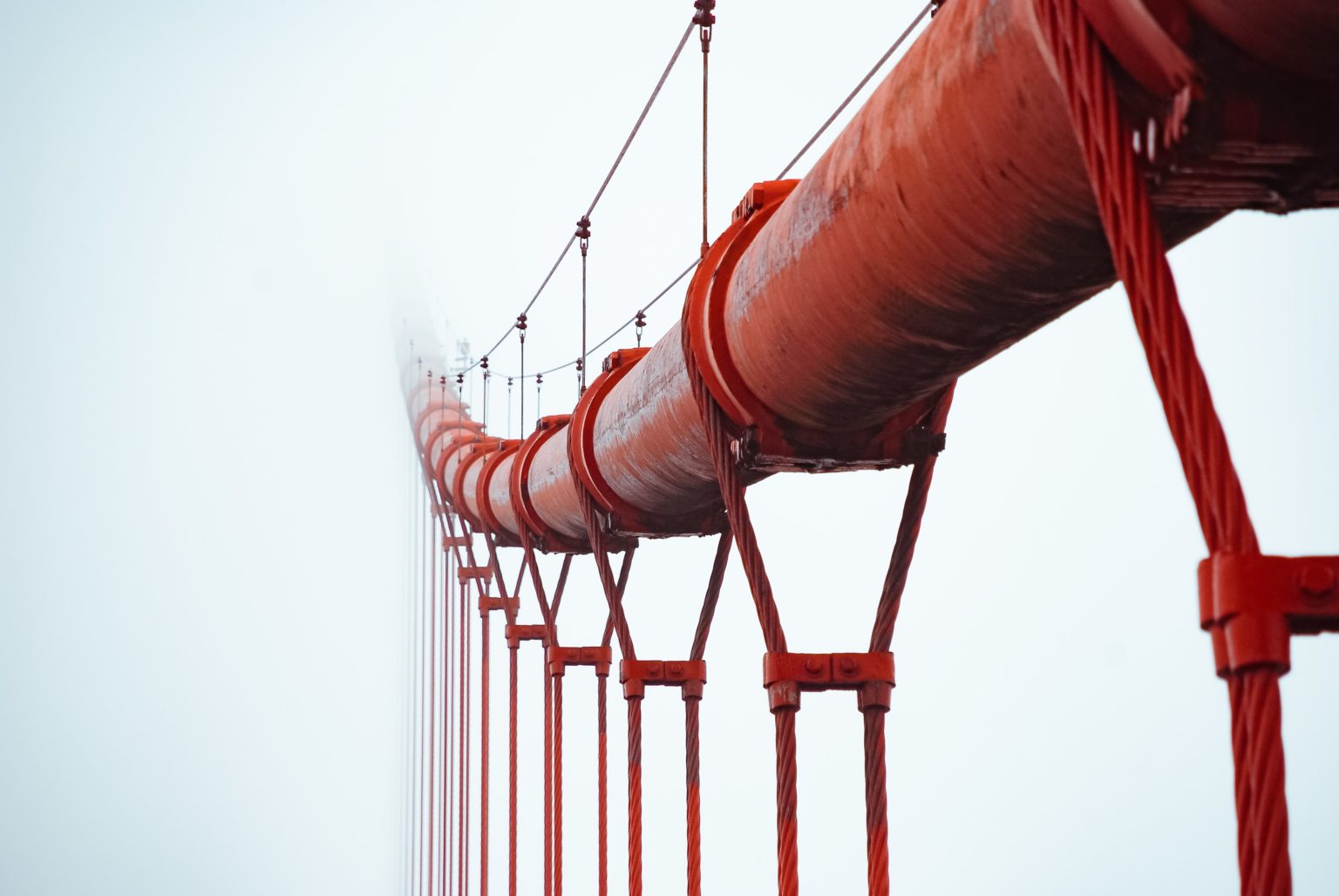
HARARE – A number of Zimbabwe’s mines risk losing their mining permits after the High Court ruled that miners should first obtain an environmental impact assessment certificate (EIAC) before being granted a mining permit.
Miners say in practice, most started operations after first obtaining their permits from the mines ministry.
The effect of the ruling is that all mining permits granted before obtaining an EIAC certificate from the Environmental Management Agency (EMA) can be voided, according to legal experts.
According to the Zimbabwe Miners Federation (ZMF), over 70 percent of small and medium scale mines, outside the old mines registered before 2003, could close if the judgement is enforced.
The ruling by Justice Lucy Mungwari of the Harare High Court is, however, being challenged at the Supreme Court.
Mungwari made the declaration in a dispute between the state-owned Sandawana Mines (Private) Limited and Avoseh Investment (Private) Limited, the latter a company owned by Chinese investors.
Avoseh was granted a mining permit consisting of 24 blocks of lithium claims in Mberengwa by the mines ministry in November 2022, but Sandawana challenged the decision in court arguing, in part, that the Chinese company obtained a mining permit before being granted an EIAC.
Sandawana mine, spanning a massive 3,882 hectares, also wanted Avoseh’s mining claim nullified on the basis that it was within its mining area.
- Lithium heist in Mberengwa ... as Kuvimba ‘loots’ villagers ore without paying
- Kuvimba to sink US$250m into beneficiation plant
- Feature: Mberengwa communities demand fair game…as Kuvimba raises hopes with lucrative lithium find
- KMH kicks off US$50m exploration campaign
Keep Reading
Avoseh and the mines ministry, represented by the Midlands provincial mining director Tariro Ndhlovu, dispute this.
Justice Mungwari said with effect from 2003, section 97 of the EMA Act requires applicants for mining licenses to have first obtained an EIAC. Because Sandawana’s mining interest was registered in 1964, initially as Rio Tinto, it was not affected by the new requirements, the judge said.
“It is not disputed that Avoseh’s claim was registered in the absence of the EIAC. It obtained mining title in the absence of the said certificate. An EIAC issued by EMA is a condition precedent to any mineral prospecting, mineral mining, ore processing and concentrating among other kindred mining operations. That it is so is so obvious from the provisions of s 97(1) of the EMA Act,” the judge said.
Mungwari said “it is wrong for anyone to assume that the EIAC is not a sine qua non (a necessary or indispensable requirement) for the grant of a prospecting licence or indeed a mining licence.”
She added: “It must be clear to all officials charged with the administration of the Act that whether they deem it tedious or not the law requires provisions of the Mines and Minerals Act to be read together with provisions of the EMA Act which speak to mining operations.”
She said the decision by the mines ministry to issue Avoseh a mining permit before the EIAC was a “complete disregard of the law.”
Professor Lovemore Madhuku, Avoseh’s lawyer, maintained that the Chinese company’s mining permit was valid.
The court, he said, had to “draw a distinction between implementation and carrying out of mining operations on one hand, and the validity of a title that one has on the other.”
“A mining title is valid without reference to the EIAC. It is the carrying out of the operations that ought to be held in abeyance until the EIAC is acquired,” Madhuku argued.
Justice Mungwari disagreed as she granted a declaratory order sought by Sandawana, ruling that Avoseh’s mining permit was “null and void and of no force or effect.”
Nkosiyenzile Mpofu, a lawyer with Bulawayo law firm Cheda and Cheda Associates said Mungwari’s judgement was “seismic.”
“The judgement would, in effect, imply that one cannot get mining title without first acquiring an EIAC from EMA. This means all mining entities that acquired mining title or certificates before acquiring EMA certificates have to have them cancelled,” Mpofu said.
“Also, no mining concern must acquire or be issued with a mining title until they obtain a EIAC certificate henceforth.”
Mpofu said the judgement “upsets the order of things.”
“It introduces fresh uncertainty for already jittery investors concerned about the unpredictability of Zimbabwe’s mining environment, including the implementation of laws and protection on investment,” Mpofu said.
“You can’t just walk to the EMA offices and apply for an EIAC before identifying the land that you want to work on. You can only identify the land through prospecting as provided for in section 38 and 45 of the Mines and Minerals Act.”
Avoseh has instructed its lawyers to appeal the judgement at the Supreme Court.
Sandawana is owned by state company Kuvimba Mining House and Defold, both of which are 100 percent owned by the Mutapa Investment Fund, Zimbabwe’s sovereign wealth fund.
Since the judgement, Sandawana has moved to block Avoseh from mining in the area by blocking access roads with haulage trucks, the Chinese company says in court documents.
Police are also allegedly providing security at the mine, while Sandawana is laying claim to lithium ore reportedly worth US$15 million which was mined by the Chinese company.










